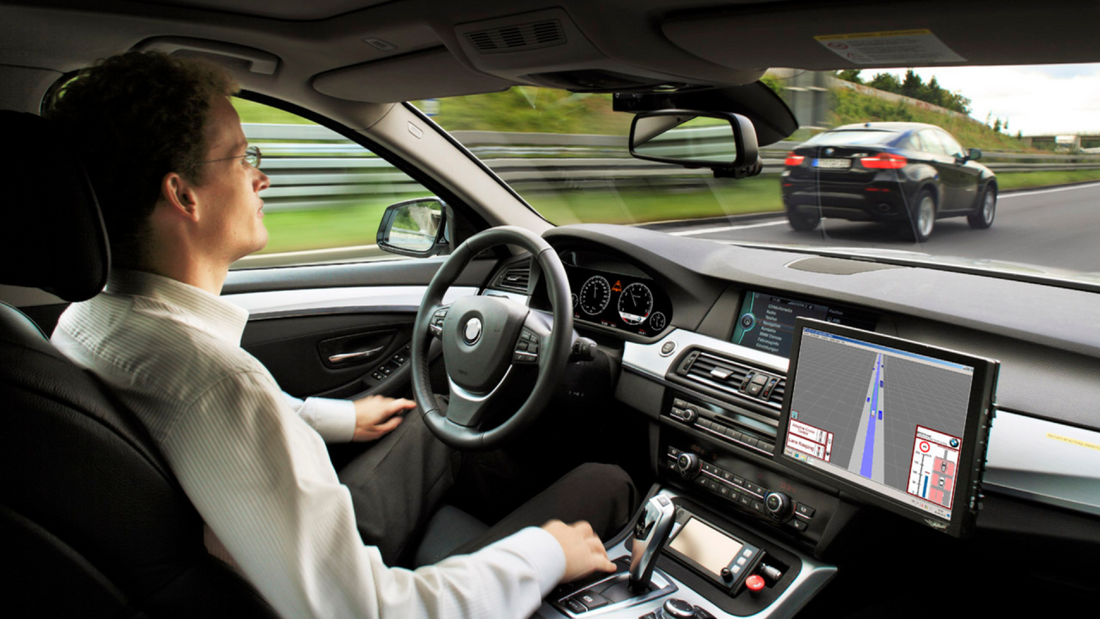
The Future of Self-Driving Vehicles: Revolutionizing Transportation
Share

Imagine a day filled with errands—dropping kids off at school, heading to work, picking up groceries, dry cleaning, and shuttling kids to their soccer or ballet practices. Now picture navigating through relentless traffic, constantly managing the gas and brake pedals, while dealing with discomfort and fatigue. Sounds exhausting, right? Enter self-driving vehicles, the groundbreaking innovation that promises to revolutionize your daily commute and transform transportation as we know it.
What Are Self-Driving Vehicles?
Self-driving vehicles, also known as autonomous vehicles (AVs) or robo-cars, use cutting-edge technology to navigate roads and transport passengers without human intervention. With the help of artificial intelligence (AI), cameras, sensors, radar, and light detection and ranging (LiDAR), these vehicles sense their environment, create road maps, and execute decisions in real time. They represent the perfect marriage of automation and intelligence, designed to make travel safer, smoother, and more efficient.
How Do Self-Driving Vehicles Work?
Self-driving cars rely on a sophisticated network of technologies:
1. Mapping and Sensing: The vehicle creates and updates a road map using sensors located across the car. Cameras detect road signs, traffic lights, pedestrians, and other vehicles, while LiDAR calculates distances and identifies lane markings.
2. Data Processing: AI and advanced software process sensory input, predict traffic patterns, and chart the most efficient routes.
3. Actuation: The vehicle’s actuators control brakes, acceleration, and steering based on decisions made by the software.
4. Advanced Features: Predictive modeling, obstacle avoidance algorithms, and object recognition help the car adapt to its environment and avoid potential hazards.
This integration of technologies ensures that self-driving vehicles respond to road situations faster than human drivers, minimizing accidents and enhancing comfort for passengers.
Why Self-Driving Vehicles Are the Future
Self-driving cars are more than a technological marvel; they are a solution to some of the most pressing transportation challenges. Here’s why they are set to dominate the future:
· Reduced Traffic Congestion: Autonomous vehicles can optimize traffic flow, reduce congestion, and improve overall road efficiency.
· Eco-Friendly Transportation: By reducing the number of cars on the road and optimizing fuel usage, self-driving vehicles contribute to a significant decrease in pollution.
· Increased Safety: AI-powered vehicles respond to emergencies faster than humans, reducing the likelihood of accidents.
· Enhanced Accessibility: These vehicles offer mobility solutions for individuals unable to drive, such as the elderly or disabled.
Innovative Features Transforming Autonomous Vehicles
Tech and automotive giants are investing heavily in R&D to enhance autonomous vehicles. Here are some key advancements:
· Autonomous Emergency Braking (AEB): Prevents collisions by automatically applying brakes when obstacles are detected.
· Lane-Keeping Assistance (LKA): Adjusts steering to ensure the vehicle stays within its lane.
· Vehicle-to-Vehicle (V2V) Communication: Shares information about speed, positioning, and distance with surrounding vehicles for enhanced safety.
· Adaptive Cruise Control (ACC): Monitors vehicles ahead to adjust speed and maintain a safe following distance.
· Blind Spot Detection: Offers 360-degree electronic coverage to identify obstacles in hard-to-see areas.
· Reverse Park Assist: Detects objects and assists in parking, even in tight spaces.
These advancements make self-driving vehicles not only convenient but also safer and smarter than traditional vehicles.
A Glimpse into the Future
The journey toward mainstream adoption of autonomous vehicles is well underway:
· Tesla’s Vision: Tesla plans to launch a subscription service for self-driving cars, offering affordability and flexibility for users.
· Germany’s Legislation: Germany is pioneering autonomous vehicle regulations, aiming to permit Level 4 self-driving cars nationwide by 2022.
· Global Efforts: The UK and other countries are laying the groundwork for autonomous vehicle integration through consultations and regulatory updates.
While fully autonomous vehicles may still be a few years from widespread commercial availability, these developments demonstrate the global commitment to making them a reality.
Conclusion
The advent of self-driving vehicles marks a pivotal shift in the transportation industry. By combining state-of-the-art technology with sustainable practices, these vehicles promise to redefine mobility, making it safer, more efficient, and accessible for everyone. For investors and innovators, the autonomous vehicle sector presents a wealth of opportunities to shape the future.